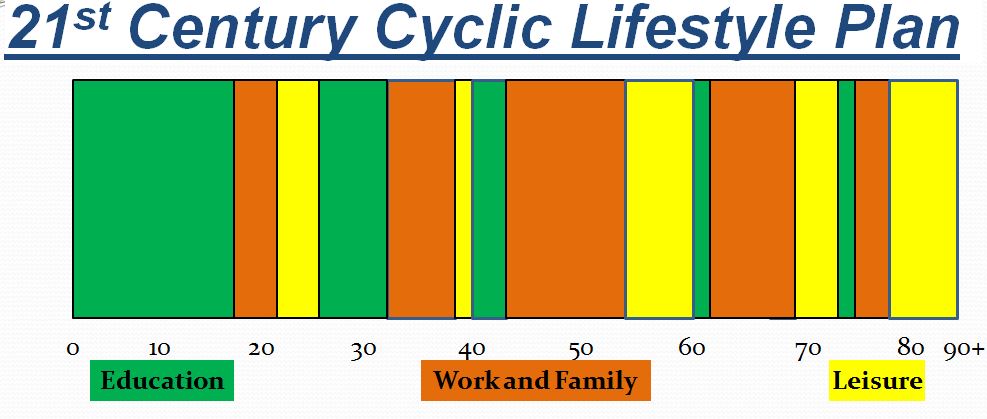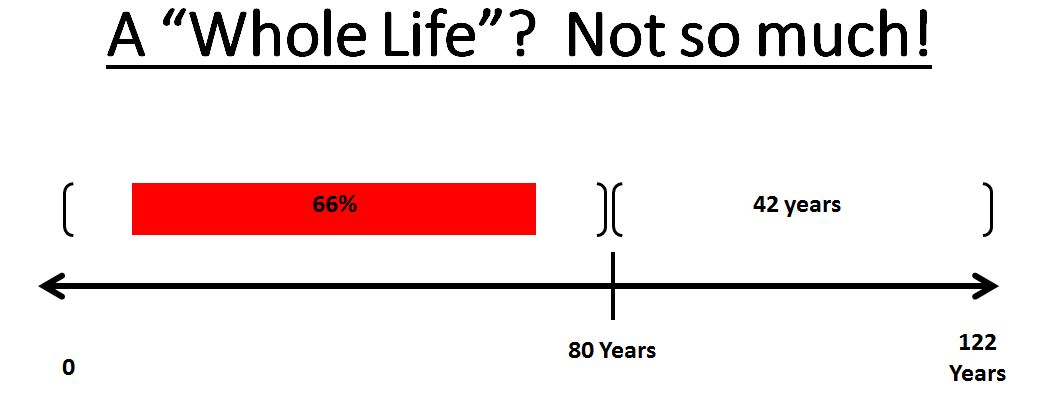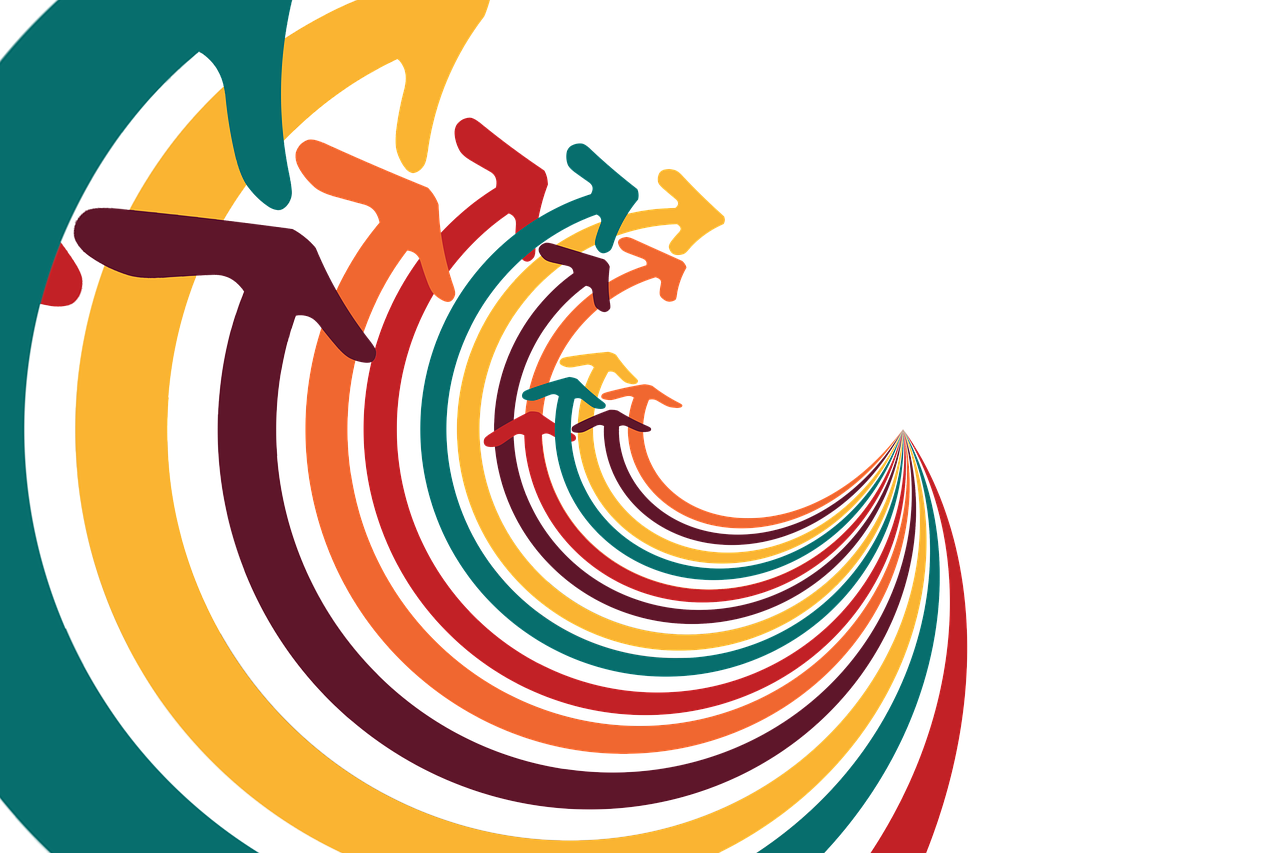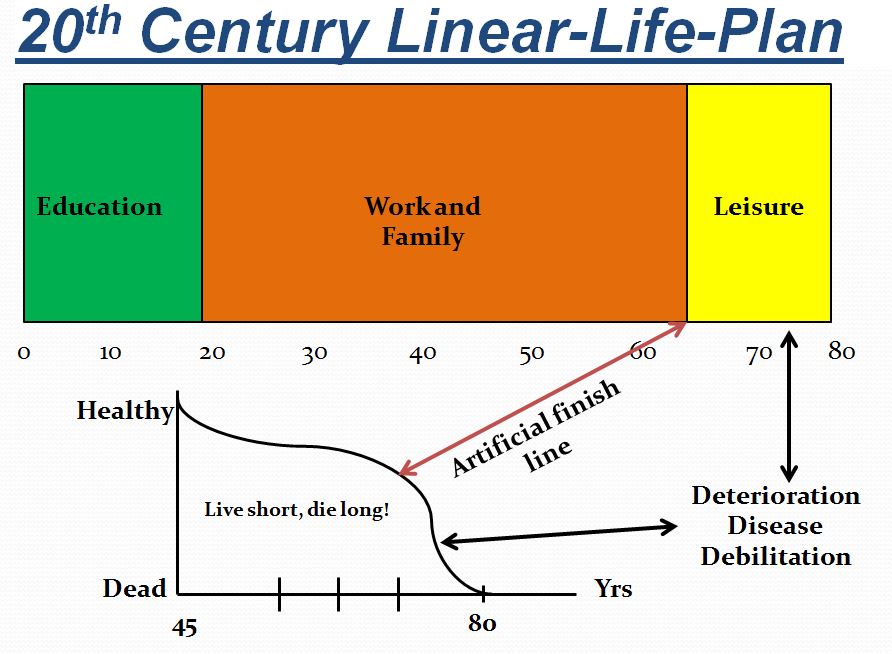Please Fall In Love with Dr. Michael Greger

OK, I’m going to wander into new territory with this blog and try to shake some trees.
You’re doctor may be killing you early!
There I said it. That’s new territory – and pretty radical new territory, agreed? I don’t hang with any doctors so I’m not concerned about killing any relationships here.
I just feel – based on my research and my own personal health experience – that something has to be said even though most people aren’t going to listen or –unfortunately – care. But that doesn’t include you, right? You are a “self-efficacy” advocate, right? You are taking control of your own health, right?
Here’s what I now believe and what we need to know: our medical system is not designed to optimize your health or extend your lifespan. You already know it’s designed to react and “fix it” (no problem – I’ve got a drug or a robotic scalpel for that!) rather than to be pro-active and “prevent it” (let’s have a conversation about your lifestyle.)
I’m going to take a HWAG (hairy wild-assed guess) that your personal health care plan may be, like most, a $35 co-pay experience that takes you to the doctor’s office only when the physiology has skidded off the rails. You are likely to be safely ensconced in the non-self efficacy box. You are in step with the reactive nature of our disease-management system that we incorrectly call a healthcare system.
Here’s a suggestion that has the potential to significantly impact your health, your life and help you climb out of your box and live longer. Get to know this guy – Dr. Michael Greger. He’s easy to get to know – although a little hard to get used to with his often-weird message delivery style. All you have to do is subscribe to his amazing website NutritionFacts.org.
Full disclosure
I stand to gain nothing by recommending that you follow Dr. Greger, except the possibility of helping a reader chart a healthier path to a greater longevity.
All of his prolific content is absolutely free.
There are two reasons that I am a serious devotee of Dr. Greger: (1) his research-based content is second to none and (2) he refuses to take money for his content. He has a book, “How Not to Die”, that he hardly markets and is very understated in suggesting that contributions are welcome to help him defray the expense of the incredible amount of research he does.
His near-daily blogs or videos are short, extraordinarily content-rich and backed by research. He is particularly effective in picking apart the misinformation and corruptive practices that pervade our healthcare system. Even as an MD and a practicing clinician, he is very critical of his chosen profession and brings credibility devoid of financial motivation.
Need motivation?
I’m going to guess that, as a Boomer or pre-boomer, you may not be into blogs and vlogs (video blogs). That’s unfortunate, but that’s a topic for another article.
Let me try to kick-start this attempt to convince you to tune into Dr. Greger. I’ve randomly picked four of his videos to give you a taste of his content and delivery. I think you will be convinced to follow him. You can subscribe at any of the videos.
Physicians May Be Missing their Most Important Tool
The Actual Benefit of Diet vs. Drugs
Turning the Clock Back 14 Years
Calculate Your Healthy Eating Score
So why am I such a fan?
Well, if you’ve followed my story, you know I have a dog in this fight. Two years ago, a routine test revealed I have significant coronary artery calcification (atherosclerosis I believe they call it) at a level that, based on pure numbers, put me in the high-risk heart disease category. Subsequent echo-stress and nuclear-stress tests, fortunately, revealed that I have no arterial blood flow problem, so it’s full steam ahead, life as usual.
The high number put enough scare into me, however, to convince me to deepen my research on the how, why and when of it all and to determine if there is a chance that the condition could be reversed. Like most of us beyond 60 (for the record, I am 76 at this writing), much of the calcification just comes with having spent considerable time on the planet. But, it also happened as a result of what has been in the blood that flowed through those arteries. So, in my case, I attribute my high score to a combination of some genetics and time (minor) and 50+ years of bad eating (major).
I simply wanted to know if it could be reversed. Asking that question unveiled a dichotomy of opinions. Both my PCP and the cardiac specialist I was referred to said “no” – the best you can do is stop it, more likely just slow it. Neither offered an ounce of input regarding the role of diet and nutrition in treating my condition.
Drug it or cut it. Yada, yada, yada!
It was more of the same – drugs (statin and baby aspirin) and keep an eye on it (PCP). The cardiologist, who ironically practices within in one of Dr. Dean Ornish’s Certified Heart Disease Reversal facilities, poo-pooed the effect of food on reversing atherosclerosis. I was stunned – for about five seconds until I recalled that physicians don’t know, understand or care much about nutrition.
P.S. There is no money in nutrition – just sayin!
In the face of proof of heart disease reversal coming from programs under the guidance of renowned physicians such Dr. Dean Ornish and Dr. Caldwell Esselstyne and others, the majority of the physician community still puts little credence on the impact that nutrition has on our health.
If you watch the first video above, you understand why. They have little to no nutrition education and are indoctrinated in the “drug or cut” culture that still pervades our health care system.
As for me, I’m going with self-efficacy
The evidence in favor of a whole-food, plant-based diet and against our western-style diet is too deep and clear for me not to make the shift. I have been able to, with surprising ease. Meat eliminated, very little chicken, no eggs, dairy eliminated (almond milk is great). I’m now on a diet almost entirely of plants, whole grains, and fruits. Combined with 6-day-a-week exercise, I feel I’m doing what I can to feel better and live longer. A twelve-pound weight loss over a three-month period came easy and feet and knees seem to be very thankful.
Knowledge is power – but only if applied. I truly feel Dr. Greger’s content and delivery system is a valid shortcut to the type of information that we aren’t going to get from an entrenched and corrupt healthcare system. I hope you’ll subscribe and provide me feedback on the impact his information has in your life. Scroll down and leave a comment below. Oh, and share this with any friends or family that will benefit from Dr. Greger’s mission.











 Look’s point with the article has to do with the importance of, in his words, “pushing the boundaries and seeking new horizons to achieve a fulfilling retirement.” In addition to the Himalayas and eating a beating cobra’s heart, his activities have included things such as swimming with whale sharks, running the London marathon, rescuing street dogs from the meat trade in Thailand and living for a time on the Mekong River in Laos.
Look’s point with the article has to do with the importance of, in his words, “pushing the boundaries and seeking new horizons to achieve a fulfilling retirement.” In addition to the Himalayas and eating a beating cobra’s heart, his activities have included things such as swimming with whale sharks, running the London marathon, rescuing street dogs from the meat trade in Thailand and living for a time on the Mekong River in Laos.




